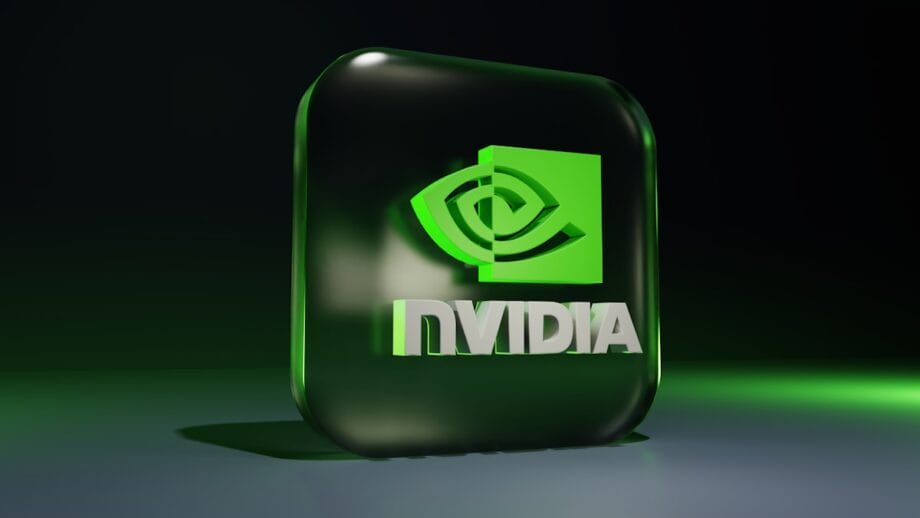TSMC: The Unsung Hero of the AI Revolution
Artificial intelligence (AI) has transitioned from a buzzword to the predominant force shaping modern technology.
Its influence stretches across various sectors, from enhanced mobile functionalities to multi-trillion-dollar financial transactions.
At the forefront of this transformative wave is NVIDIA (NASDAQ: NVDA), a name synonymous with AI. Yet, this technological evolution is not solely attributed to a single player.
Several tech giants are strategically positioning themselves to catalyze the next phase of innovation.
While their efforts may escape the limelight, their foundational contributions are significant.
Leading the charge is the Taiwan Semiconductor Manufacturing Company, TSMC (TPE: 2330), recognized globally as the preeminent contract chip manufacturer.
TSMC’s business model revolves entirely around manufacturing chips for clientele, forming partnerships with industry titans such as Apple (NASDAQ: AAPL), NVIDIA, and AMD (NASDAQ: AMD).
Its cutting-edge 3-nanometre and 5-nanometre process nodes are pivotal in powering devices, from smartphones to data-center technologies, including the acclaimed iPhone.
Apple stands as TSMC’s largest customer, representing a considerable 22% of the company’s revenue.
The relentless evolution of AI has dramatically escalated demand for high-performance computing (HPC) chips, aligning perfectly with TSMC’s capabilities.
In 2024, TSMC unveiled record-breaking performance, achieving total revenue of NT$2,894.31 billion (US$94.5 billion), marking a remarkable 34% year-on-year growth.
This upward trajectory is projected to persist into 2025, with revenues expected to climb further in the “mid-30%” range.
Moreover, the company is primed to enhance its manufacturing capabilities with a projected capital expenditure budget of US$40 billion to US$42 billion.
The majority of these finances will be allocated to its 3-nanometre and 2-nanometre production lines, critical for generating next-generation AI chips.
As highlighted by Morningstar Equity Analyst Phelix Lee, AI chips constituted 15% of TSMC’s revenue in 2024, with projections suggesting this could escalate to 50% by 2029.
Profitability has also seen a positive shift, with TSMC’s gross profit margin rising from 54.4% in 2023 to 56.1% in 2024, with expectations of continued improvement in the coming years.
This robust growth can be attributed to enhanced shipments and increasing average selling prices, fortifying the firm’s leadership in the global foundry sector.
By the second quarter of 2025, TSMC’s market share surged to over 70%.
Takeaway: TSMC emerges as the crucial “arms supplier” in the AI race, manufacturing chips essential for numerous sectors.
For Alphabet (NASDAQ: GOOGL), AI forms the cornerstone of its vast ecosystem, permeating various facets of its operations.
Its proprietary AI frameworks, such as Gemini, are integrated into platforms utilized by billions daily, encompassed within Google Search, YouTube, and Android.
Alphabet excels in leveraging its diverse applications to generate multiple revenue streams.
- In 2024, advertising, contributing US$264.6 billion of the total US$350 billion revenue, remains the predominant income source.
- Google ads registered an 11% year-on-year growth from US$237.9 billion in 2023, showcasing robust double-digit growth despite scale.
- Google Cloud is increasingly becoming an essential growth avenue, bringing in US$43.2 billion in 2024, reflecting a 30.6% annual increase and accounting for approximately 12% of total revenue.
This segment not only delivers compute power for enterprise clients but also acts as an avenue for Google to promote its Gemini and AI services.
Alphabet’s investments in research and development (R&D) have seen an uptick, growing from US$45.4 billion in 2023 to US$49.3 billion in 2024.
However, as a proportion of total revenue, R&D spending slightly declined from 15% to 14%, indicative of stronger revenue growth.
This expansion in revenue enables Alphabet to reinvest in R&D, fostering advancements in AI models.
Superior AI models further stimulate revenue, creating a self-reinforcing cycle.
Meanwhile, Meta (NASDAQ: META) has become the public face of AI, driven by its mission of connecting individuals through technological innovation.
Platforms like Facebook, Instagram, and WhatsApp utilize AI to curate personalized experiences for users by analyzing interests and interactions.
Meta’s AI assistant is embedded across its communication platforms and even within its Ray-Ban Meta glasses, fostering creativity and engagement.
To continuously offer innovative experiences and immersive pathways, the company has significantly invested in AI infrastructure and its metaverse aspirations.
In 2023, Meta allocated US$27.10 billion towards capital expenditures, focusing primarily on data centers, servers, and networking equipment.
In 2024, that focus persisted as capital expenditures increased to US$37.3 billion, reflecting a nearly 38% rise year-on-year.
These investments are bearing fruit, with revenue soaring 22% year-on-year to US$164.50 billion in 2024.
Despite intense industry competition, Meta maintains strong user engagement, further enhancing revenue streams.
Daily active users (DAP) rose from 3.19 billion in 2023 to 3.35 billion in 2024, indicating sustained interest in its platforms.
As a result of substantial revenue growth and improved cost management, Meta’s operating margin climbed to over 42% in 2024, up from just under 35% the previous year.
Additionally, free cash flow (FCF) demonstrated robustness, increasing from US$44 billion to over US$54 billion during the same time frame.
Such progress signals not only higher earnings but also Meta’s capabilities in converting AI investments into profitability.
Nevertheless, FCF has dipped to US$20 billion in the first half of 2025, down from US$24 billion year-on-year.
Takeaway: Meta is leveraging today’s revenue through AI while simultaneously creating the platforms of tomorrow.
The AI phenomenon is expansive, transcending beyond NVIDIA’s hardware prowess.
While NVIDIA crafts the physical infrastructure needed for AI, other industry segments play equally pivotal roles.
Entities like TSMC facilitate the advancement of sophisticated semiconductors.
Platform leaders such as Alphabet offer the computing backbone and cloud resources crucial for AI evolution.
Furthermore, ecosystem architects like Meta integrate AI into everyday user interactions, collectively laying the bedrock for the burgeoning AI economy.
Investing across these interlinked strata can provide greater exposure to the long-term trajectory of artificial intelligence while ensuring enhanced resilience.
The forthcoming technological wave will not be the product of a singular entity.

Instead, it will emerge from collaborative efforts across the entire industry.
Thus, looking beyond NVIDIA could unveil equally compelling investment prospects among those quietly constructing the broader AI ecosystem.
Generative AI is indeed transforming the stock market, albeit not in ways that conventional investors might assume.
It’s not merely a matter of which companies are engaging with AI; it’s fundamentally about how they are utilizing these technologies to explore new revenue avenues, dominate market territories, and subtly reshape the landscape of business.
For a deeper understanding, our complimentary report titled “How GenAI is Reshaping the Stock Market” elucidates the nuances, enabling you to invest with confidence and insight.
Explore the possibilities today by downloading your copy.
Source link: Sg.finance.yahoo.com.






